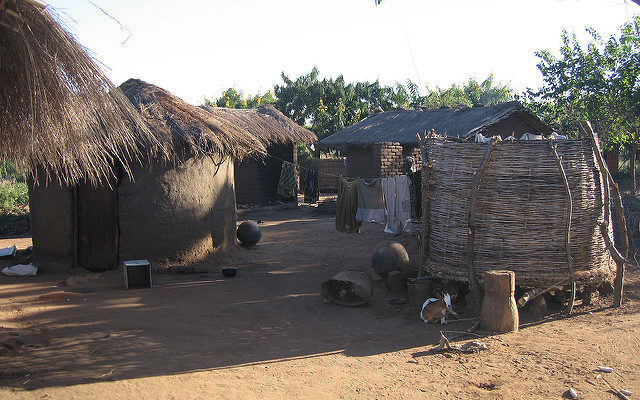
A comprehensive Malawi Poverty Report prepared by the National Statistics Office (NSO) shows that 2 in every 10 people in Malawi are basking in extreme poverty as Central Region leads the pride of poor Malawians.
Half of the country’s population remain stuck in poverty, reveals the report.
Rural Malawi is hit the hardest.
“56.6 percent of people from rural areas were poor compared to 19.2 percent in urban areas in 2019/2020” reads the report.
At regional level, Northern Region has a relative rich population with 32.9 percent of the region’s population found to be poor.
Central Region had the highest proportion of population that was poor, peaking at 55.8 percent, followed by Southern region at 51 percent.
With 68.5 percent of its population living below the country’s poverty line, Mchinji leads the poorest districts. It is followed by Kasungu (67%) in second and Dowa (65.1%) in third, to complete the triumvirate of poorest districts across the country. According to the report, Mzuzu City registered the lowest poverty rate at 11.5 percent.
The study also looked at poverty gap which is the average consumption shortfall of the population relative to the poverty line. Poverty gap index estimates the depth of poverty by considering how far, on the average, the poor are from that poverty line.
It found that at national level, poor population had a consumption of 17.0 percent below the poverty line in 2019/2020. Poverty was deeper in rural areas at 19.3 percent compared to 4.4 percent in urban areas.
“Analysis by region shows that poverty was deeper in the Central region at 20.1 percent compared to the Southern and Central regions at 16.3 percent and 8.8 percent,” the report says.
Analysis by sex of household head shows that 56.8 percent of people in female-headed households were poor in 2019/2020 compared to 48.5 percent in male-headed households.
“The proportion of people that were poor in female-headed households decreased from 58.3 percent in 2016/2017 to 56.8 percent in 2019/2020,” says the report.
The 2020 Malawi Poverty Estimates have been generated using socioeconomic data from the Fifth Integrated Household Survey (IHS5) conducted by the National Statistical Office (NSO) from April 2019 to April 2020.
The survey collected comprehensive data on households’ consumption patterns of food and non-food items over a period of one year.
The survey is a multi-topic data collection instrument that is conducted once in every three years.
Commissioner of Statistics Mercy Kanyuka said the main objective of the survey is to provide timely and reliable information for generating the country’s welfare and socio-economic indicators.
She added that the indicators are key to monitoring and evaluation of national and international development frameworks such as the Malawi Growth and Development Strategy, Malawi 2063 and Sustainable Development Goals (SDG).














